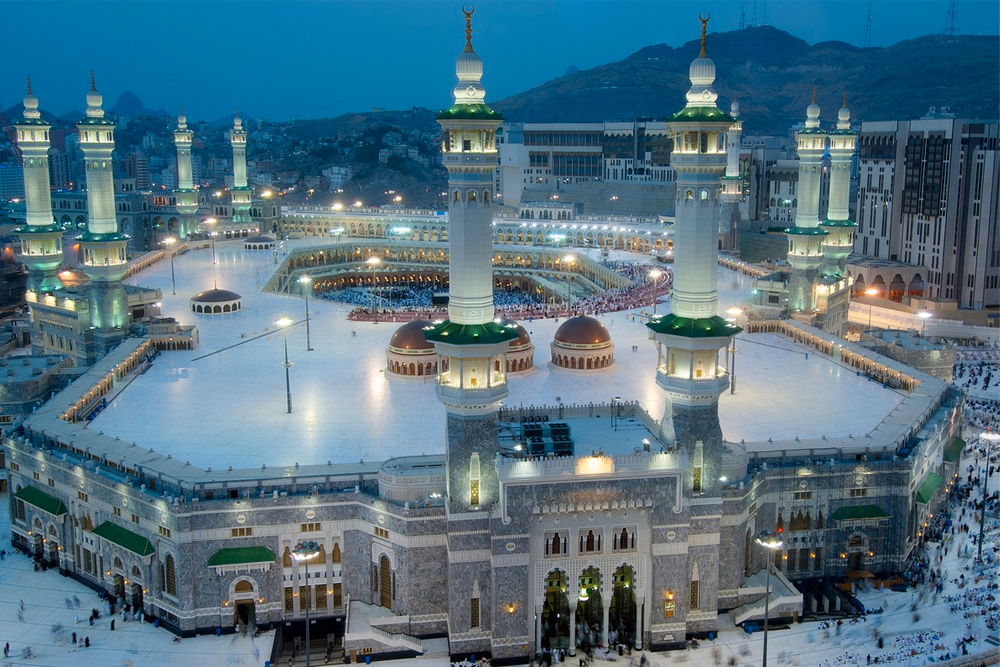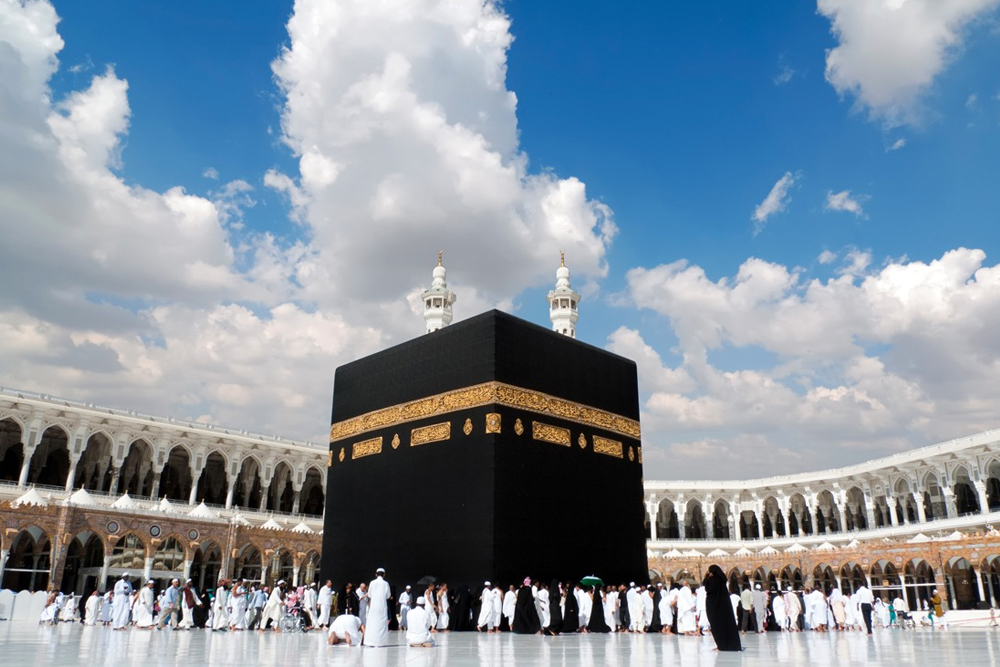
Across the globe, Muslims and many non-Muslims alike know of the Kaaba, located in the heart of Islam’s most important mosque, the Masjid al-Haram in Mecca, Saudi Arabia. The Kaaba holds great significance for Muslim faithfuls around the world, considered Islam’s most sacred site and the direction Muslims face towards during prayer. The original Kaaba is believed to be 5,000 years old, pre-dating Islam. Indeed, the site has a rich history of repairs, renovations, and expansions through the centuries, and one of its key features still in existence for all to see are its doors.
Today, it is possible to take in the wonder of one of the Kaaba’s oldest doors, its permanent residence in the National Museum in Riyadh, when it isn’t being loaned as part of exhibitions outside the Kingdom. Indeed, considered one of the Kaaba’s oldest surviving doors and said to date back to 1355, it was put on display at the Louvre in Abu Dhabi, as part of the exhibition “Roads of Arabia: Archaeological Treasures of Saudi Arabia.” The door was also exhibited in South Korea.

Another door of the Kabaa also exists, this one dating back to the Ottoman era in the region. It is said that this particular door was ordered at the time by the caretaker of the Kabaa, Sultan Murad IV. Work on it began in October 1629 and was completed by March 1630, its completion timely as much of Mecca suffered from flooding in 1630 as a result of heavy rain. The Kaaba itself was submerged by half the height of its walls, resulting in serious damage to both the northern and eastern walls of the grand mosque. Necessary repairs were carried out, with the new door finally installed, complete with silver ornaments and Benedict gold coating.
This door served its purpose until it was replaced in order by King Abdul Aziz, founder of modern Saudi Arabia, in 1947. In present-day Saudi Arabia, the ruling family now act as custodians of the two holy mosques in Mecca and Medina. Their duties include carrying out necessary renovations and expansions to cater the growing numbers of pilgrims. This includes Masjid Al-Haram and the Kaaba in Mecca, and managing production of the black cloth of the Kaaba, known as the “kiswa”.

















